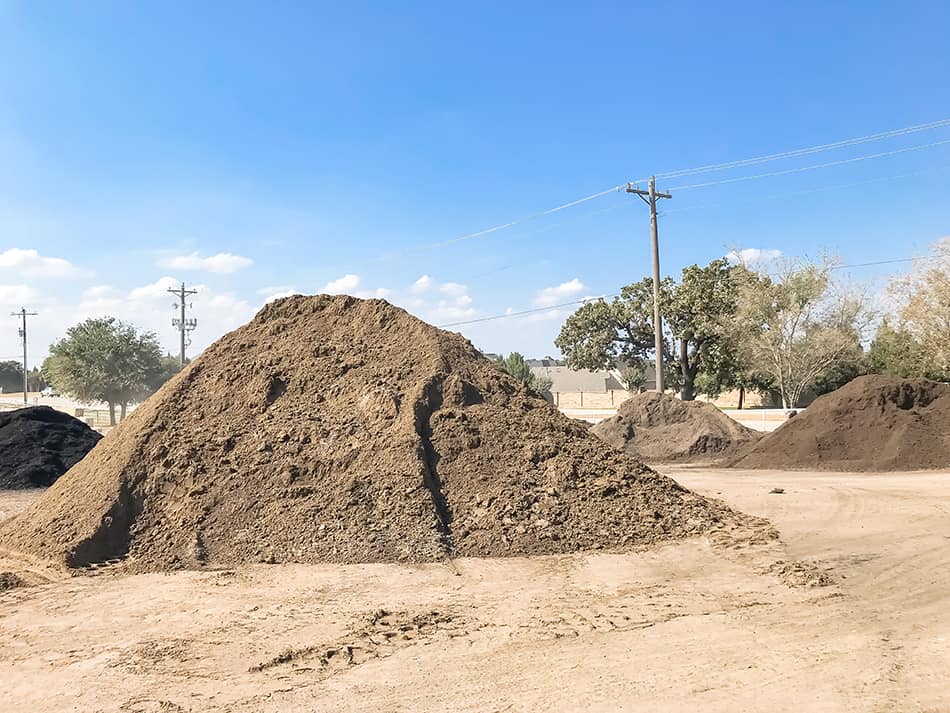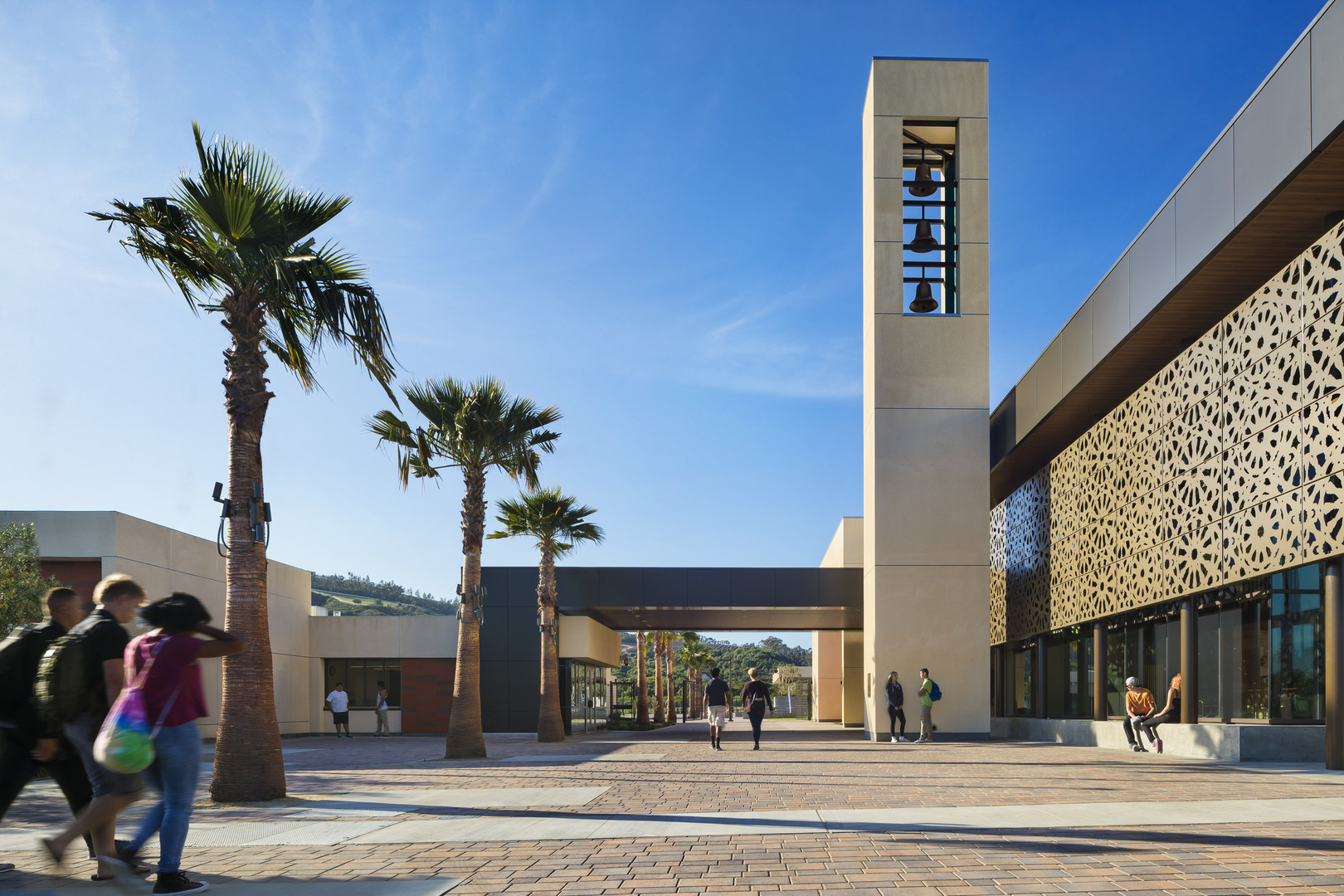How Does Architecture Promote The Use Of Locally Sourced Materials?

Architecture in the Philippines is rich with diversity and symbolism. The use of indigenous and locally sourced materials has been a prevalent practice for many years. It highlights the cultural heritage and the beauty of the materials found in the local surroundings. Here are some reasons why these materials are important:
1. Sustainability
The use of indigenous and locally sourced materials promotes sustainability in architecture. These materials are often readily available in the immediate vicinity, reducing the transportation energy and costs associated with importing materials from afar. Utilizing these materials means reducing the environmental impact that comes with transportation and preserving the natural resources for future generations to come.
2. Natural beauty
Indigenous and locally sourced materials are often raw and unfinished. They bring a unique aesthetic and beauty to buildings and structures. The natural textures and colors add character and warmth to the design, making every building special and distinctive from each other. This highlights the beauty of the natural surroundings and reminds people of how nature can be incorporated into modern life.
3. Cultural heritage
The use of indigenous and locally sourced materials is a testament to the rich cultural heritage of the Philippines. Each material has a story to tell, whether it be from the history of the original source site, or from the people who worked with the materials. These stories are often passed down through generations and contribute to the cultural identity of the country. The presence of indigenous and locally sourced materials reminds people of the rich cultural heritage and helps to preserve it for future generations.
4. Economic benefits
The use of indigenous and locally sourced materials can provide employment opportunities and boost the economy. The production and use of these materials create demand for local craftsmen, skilled laborers, and manufacturers. This helps boost the local economy and supports the livelihoods of local communities.
5. Improved durability
Indigenous and locally sourced materials are often well-suited to the local environment. They have been used for generations and have stood the test of time. These materials have been found to be durable and resistant to local weather conditions and natural calamities. Incorporating these materials into modern architecture can result in improved durability, reducing the need for frequent maintenance and repairs.
6. Reduced carbon footprint
The transportation of materials from far away has a significant impact on the carbon footprint. Utilizing indigenous and locally sourced materials can reduce the carbon footprint by cutting down on transportation costs. The use of these materials can result in a significant reduction in pollution and carbon emissions, contributing to a cleaner and healthier environment.
7. Adaptability to climate change
The Philippines is a country that is highly vulnerable to climate change. The use of indigenous and locally sourced materials can help to adapt and mitigate the impact of climate change. Traditional materials, such as bamboo, coconut, and rattan, are known to be effective against typhoons and earthquakes. These materials are also renewable and can be easily replaced in the event of natural disasters.
8. Unique identity
The use of indigenous and locally sourced materials can help to create a unique identity for a building or structure. Each material tells a story and creates a sense of place. It helps to foster a connection between people and the natural surroundings. Incorporating indigenous and locally sourced materials into architecture highlights the beauty and richness of the Philippine culture and heritage.
FAQ:
What are some commonly used indigenous and locally sourced materials in Philippine architecture?
Some commonly used materials include bamboo, coconut, rattan, wood, bamboo, and stone.
What are the benefits of using indigenous and locally sourced materials in architecture?
Benefits include sustainability, natural beauty, cultural heritage, economic benefits, improved durability, reduced carbon footprint, adaptability to climate change, and unique identity.
How can the use of indigenous and locally sourced materials benefit the environment?
The use of these materials can help reduce the carbon footprint, preserve natural resources, and promote sustainability for future generations.
How can the use of indigenous and locally sourced materials benefit the local community?
The use of these materials can boost the local economy by providing employment opportunities for local craftsmen, skilled laborers, and manufacturers. It can also help to preserve the cultural heritage of the community and promote a sense of identity and belonging.
What are some challenges associated with using indigenous and locally sourced materials in architecture?
Some challenges include knowledge and expertise of working with these materials, availability, and cost. These challenges can be addressed through training and education programs, government support, and partnerships with local industries.
Overall, the use of indigenous and locally sourced materials in Philippine architecture is a crucial practice that highlights the beauty, sustainability, and cultural heritage of the country. It promotes a sense of identity and belonging, and helps to boost the local economy. As the world moves towards more sustainable practices, the incorporation of these materials in modern architecture can be seen as a step towards the future.




Post a Comment for "How Does Architecture Promote The Use Of Locally Sourced Materials?"